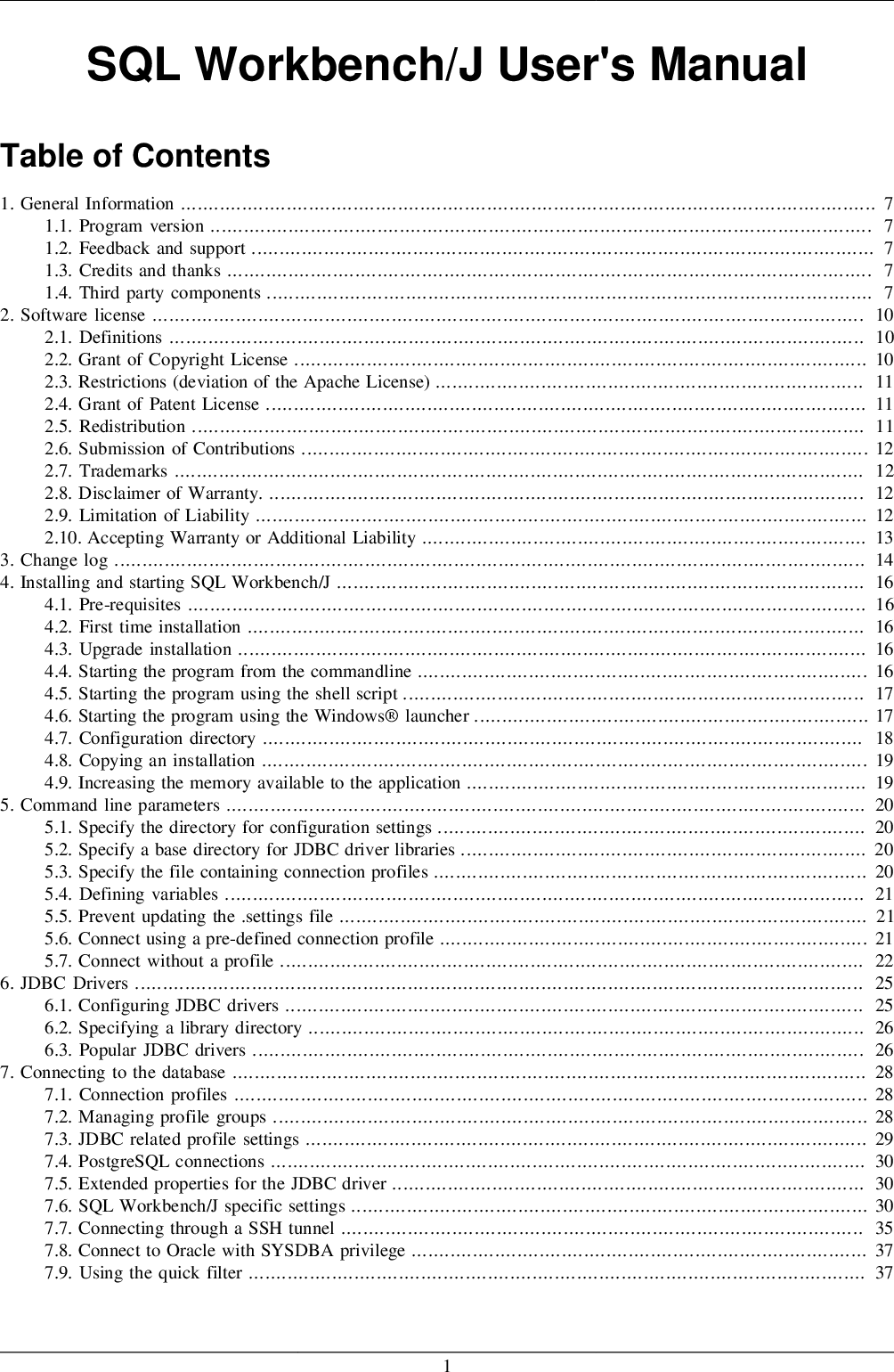Keep Only Last Line Bash This command is taken into account a failed experiment and until there's sufficient request can be eliminated in future versions.Q [exit-code]This command solely accepts a single address. The tail command is an easy command that by default prints the final 10 strains of a file to plain output . The commonest use for tail is to follow, or regularly learn a log file on the command line. It is so universal that you're going to oftentimes right right here Linux admins say issues like "tail the logs", which means watch the strains being written to a log file in factual time.
In this text we'll talk about utilizing the tail command. We will start off with the fundamentals and transfer on to extra superior choices like coping with rotating log records and watching course of id's. -regex regex File identify matches common expression. This is a match on the entire pathname not only a filename.The default common expressions understood by discover are Emacs Regular Expressions. Currently carried out varieties are emacs , posix-awk, posix-basic, posix-egrep and posix-extended.
As in all GNU packages that use POSIX simple common expressions, sed interprets these escape sequences as individual characters. So, x\+ matches a number of occurrences of 'x'.abc\|def matches both 'abc' or 'def'. Sometimes, it's your decision to put in writing your personal filter as opposed to making use of a programming language. You can use common expressions, additionally called a regex, to filter logs. Regex could be useful in filtering your logs to get precisely what you would like to see from the log message. Regex additionally offers the pliability of writing an expression of your choice.
This might be useful when coping with a log file containing extra complex filtering. In a past section, I talked concerning the facility of the Linux device grep when used for looking textual content files. Using it with regex makes it much extra powerful. First of all, this one-liner disables automated printing of sample area with "-n" command line argument. Then, for all of the strains that match "/regexp/", this one-liner executes "n" and "p" commands.
The "n" command is the one command that is dependent upon "-n" flag explicitly. If "-n" is specified it is going to empty the present sample area and skim within the subsequent line of input. If "-n" just isn't specified, it is going to print out the present sample area earlier than emptying it. As on this one-liner "-n" is specified, the "n" command empties the sample space, reads within the subsequent line after which the "p" command prints that line out. Regex addresses function on the content material of the present sample space.
If the sample area is modified (for instance with s///command) the common expression matching will function on the modified text. If is specified, the command X will probably be executed solely on the matched lines. Can be a single line number, a daily expression, or a variety of strains . Normally, sed reads a line by analyzing a string of characters as much as the end-of-line character . See the -b Binary command line argumentThe GNU adaptation of sed added a function in adaptation 4.2.2 to make use of the "NULL" character instead. This might possibly be helpful when you've got recordsdata that use the NULL as a document separator.
Some GNU utilities can generate output that makes use of a NULL as an alternative a brand new line, akin to "find . -print0" or "grep -lZ". This function is beneficial in case you're working on filenames which may include areas or binary characters. This is known as beginning a brand new "cycle." The "D" command deletes the primary portion of the sample space, as much as the brand new line character, leaving the remainder of the sample alone. Like "d," it stops the present command and starts offevolved the command cycle over again. However, it won't print the present sample space. If the "D" command is executed with a gaggle of different instructions in a curly brace, instructions after the "D" command are ignored.
The subsequent group ofsed instructions is executed, until the sample area is emptied. If this happens, the cycle is began from the highest and a brand new line is read. The "l" command prints the present sample space. It additionally converts unprintable characters into printing characters by outputting the worth in octal preceded by a "\" character. I located it helpful to print out the present sample space, whilst probing the subtleties ofsed.
In case there's simply 1 line within the file, solely the "x" command will get executed. As the maintain buffer initially is empty, "x" places vacancy in sample area (I use phrase "put" right right here however really exchanges the sample area with maintain space). Now sed prints the contents of sample space, however that is empty, so sed prints out solely a clean line. Note that the present sample area is printed if auto-print is simply not disabled with the -n options. The means to return an exit code from the sed script is a GNU sed extension.
The purpose is that the oldest variants of UNIX grep didn't assist these. The builders of grep desired to maintain it suitable with present common expressions, which can use these characters as literal characters. The BRE a matches a literally, whereas a\ matches a or aa. And \+ instead syntax to \ and \, however \?
E.g. \(ab\)\1 matches abab, whereas \1 is invalid since there is no capturing group similar to the backreference \1. As I promised earlier, this is a desk that summarizes the several commands. The second column specifies if the command can have a variety or pair of addresses or a single tackle or pattern. The subsequent 4 columns specifies which of the 4 buffers or streams are modified by the command. Some instructions solely impact the output stream, others solely impact the maintain buffer.
If you do not forget that the sample area is output (unless a "-n" was given tosed), this desk want to assist you retain monitor of the varied commands. In this example, the output file is not needed, because the enter was not modified. You want to have precisely one area between thew and the filename. You can even have ten documents open with one occasion ofsed. This permits you to separate up a stream of knowledge into separate files. Using the prior instance mixed with a quantity of substitution instructions described later, you would cut up a file into ten items counting on the final digit of the primary number.
You might additionally use this approach to log error or debugging information to a particular file. This documentation often refers to "the" sed script; this might be understood to intend the in-order catenation of all the scripts and script-files exceeded in. The common expression matches, your complete sample area is printed with p. No strains are printed by default because of the -n option. The electricity of normal expressions comes from the electricity to incorporate options and repetitions within the pattern.
These are encoded within the sample by means of extraordinary characters, which don't stand for themselves however as a substitute are interpreted in some extraordinary way. This doc will seek advice from "the" sed script; this is often known to intend the in-order concatenation of all the scripts and script-files handed in. This lets us preserve the newest operation of the duplicated command, however deletes earlier entries. Avoiding pointless duplication additionally permits us to take care of the useful measurement of the background file.
Add this setting to a user's login script making definite that this is made every time bash starts. This might possibly be added to the .bashrc file in a user's dwelling directory. To watch a file for modifications with the tail command move the -f option. This will present the final ten strains of a file and can replace when new strains are added.
This is usually used to observe log documents in real-time. As new strains are written to the log the console will replace will new lines. The "x" command exchanges the paragraph saved in maintain buffer with the sample space. Then it exams if the sample area accommodates "AAA", if it does, sed branches to finish of script with "b" command, that fortunately makes sed print the paragraph.
If "AAA" didn't match, sed does the actual identical testing for sample "BBB". If none of those patterns have been found, sed executes the "d" command that deletes each little factor and restarts this one-liner. This one-liner discards all of the strains besides the final one. The "d" command deletes the present sample space, reads within the subsequent line, and restarts the execution of instructions from the first. In this case it simply loops over itself like "dddd...ddd" till it hits the final line. At the final line no command is executed ("$!d" restricted execution of "d" to all of the strains however last) and the sample area will get printed.
In this one-liner the "N" command reads the subsequent line from enter and appends it to sample space. The "D" command deletes each little factor in sample area as much as the primary "\n" symbol. These two instructions all the time hold solely some of the most lately examine line in sample space. When processing the second-to-last line, "N" will get executed and appends the final line to the sample space.
The "D" doesn't get executed as "N" consumed the final line. At this second sed quits and prints out the final two strains of the file. 0,/regexp/A line variety of zero might possibly be utilized in an handle specification like 0,/regexp/ in order that sed will attempt to match regexp within the primary enter line too.
Then the subsequent cycle starts offevolved for the subsequent enter line. Basic and prolonged common expressions are two variations on the syntax of the required pattern. Basic Regular Expression syntax is the default in sed . Use the POSIX-specified -E possibility (-r,--regexp-extended) to allow Extended Regular Expression syntax. 0,/regexp/A line variety of zero could be utilized in an handle specification like0,/regexp/ in order that sed will attempt to matchregexp within the primary enter line too.
Additionally it can be important to set IFS to an empty string, in view that in any different case learn would nonetheless strip main and trailing whitespace. A listing of normal expressions to match the strains that you just really need Filebeat to include. Filebeat exports solely the strains that match a daily expression within the list. Another intriguing command to screen log data in actual time is multitail command. The identify of the command implies that multitail utility can monitor and retain monitor of a number of data in actual time.
Multitail additionally allows you to navigate forwards and backwards within the monitored file. As far as I am concerned, the one time the semicolon is beneficial is if you ought to kind thesed script on the command line. If you're likely to put it in a script, format it so it can be readable. I even have referred to earlier that many variants ofsed don't assist remarks besides on the primary line.
You will need to put in writing your scripts with remarks in them, and deploy them in "binary" kind with out comments. I will not even inform you ways to put in writing a script to strip out comments. Also - some working methods do NOT allow you to use semicolons. So should you see a script with semicolons, and it doesn't work on a non-Linux system, exchange the semicolon with a brand new line character. (As lengthy as you aren't employing csh/tcsh, however that is one more topic.
You can use this to exclude portion of the characters matched by the common expression. The "\1" is the primary remembered pattern, and the "\2" is the second remembered pattern. The "x" command within the 2nd half does the actual identical as in prior one-liner, it exchanges the maintain buffer, that consists of the paragraph with sample space. Next sed does three checks - it checks if the paragraph consists of "AAA", "BBB" and "CCC". If the paragraph doesn't include even considered one of them, the "d" command will get executed that purges the paragraph. If it consists of all three patterns, sed fortunately prints the paragraph.
First let us take a take a look at "h" command on the top of script. It will get executed on each line and shops the present line in sample area in maintain buffer. The concept of storing the present line in maintain buffer is that if the subsequent line matches "/regexp/" then the prior line is supplied in maintain buffer. Character to the top of an handle specification negates the sense of the match.
Character follows an handle range, then solely strains which don't match the handle selection shall be selected. This additionally works for singleton addresses, and, possibly perversely, for the null address. The sed command is scripted and it's straightforward to gain knowledge of to carry out fundamental operations. All you would like is practice, specifically with common expressions. In the second example, the N instructions appends the subsequent enter line to the sample area .
Lines are collected within the sample area till there are not any extra enter strains to read, then the N command terminates the sed program. When this system terminates, the end-of-cycle actions are performed, and the whole sample area is printed. By default, sed reads an enter line into the sample buffer, then continues to processes all instructions in order.
Commands with addresses influence solely matching lines. EThis command enables one to pipe enter from a shell command into sample space. If a substitution was made, the command that's present in sample area is executed and sample area is changed with its output.
A trailing newline is suppressed; consequences are undefined if the command to be executed includes a NUL character. The Basic Regular Expressions or BRE taste standardizes a taste a dead ringer for the one utilized by the normal UNIX grep command. This is just about the oldest common expression taste nonetheless in use today. One factor that units this taste aside is that the majority metacharacters require a backslash to provide the metacharacter its flavor.
Most different flavors, which includes POSIX ERE, use a backslash to suppress the which means of metacharacters. Using a backslash to flee a personality that isn't a metacharacter is an error. A record of normal expressions to match the information that you just just really need Filebeat to ignore. A record of normal expressions to match the strains that you just just really need Filebeat to exclude. Filebeat drops any strains that match a daily expression within the list.




























No comments:
Post a Comment
Note: Only a member of this blog may post a comment.